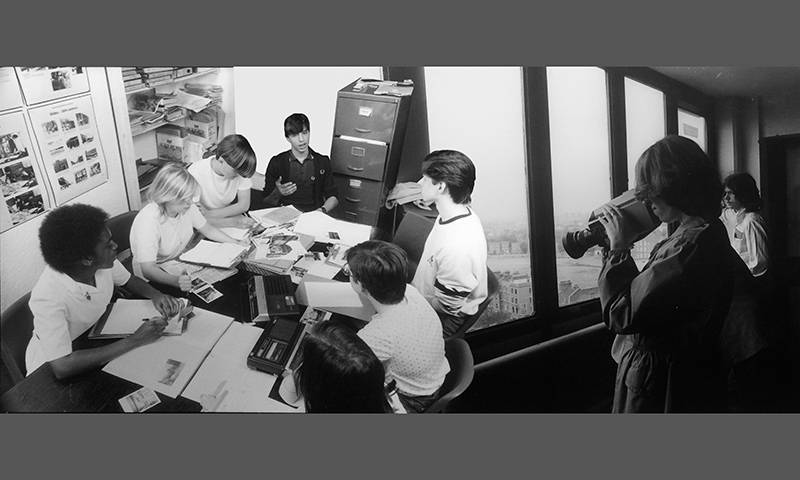PhD Thesis | Learn Where You Stand: Lessons for civic engagement in architecture and the built environment from the Urban Studies Centres Network and their situated pedagogies in Britain 1968–1988

Research
Thesis title
Learn Where You Stand: Lessons for civic engagement in architecture and the built environment from the Urban Studies Centres Network and their situated pedagogies in Britain 1968–1988.
Primary supervisor
- Professor Jane Rendell (The Bartlett School of Architecture)
Secondary supervisor
- Professor Kathryn Riley (Institute of Education)
Abstract
Urban Studies Centres (USCs) were a network of British organisations for public education and citizen involvement in architecture and planning during the 1970s and 1980s, initially advocated by anarchist writer Colin Ward and planning journalist Anthony Fyson. This research examines the histories of the USCs between 1968 and 1988, exploring their contribution to civic engagement in architecture and the built environment. It argues that USCs offer valuable insights into three contemporary challenges for equitable environments: the social engagement of architects and built environment professionals; the spatial engagement of educators; and the transdisciplinary collaboration between educators, architects and citizens for spatial justice.
‘Part 1: Crossings’ explores theories, pedagogies and methods for crossing between architecture and education, drawing on Donna Haraway’s ‘situated knowledges’ (Haraway, 1988). First, it contributes a feminist, sociomaterial and radical theoretical approach to education for just environments. Second, it connects three literatures: socially engaged practices by architects and spatial practitioners; sociomaterial research in education; and situated learning approaches that combine environment, education and equity, here called ‘situated pedagogies’. Third, informed by critical ethnography, I argue for situated methods in architectural history, which engage in public scholarship as a tool for social change.
‘Part 2: Bridges’ examines historical examples of situated pedagogies in the practices of the USCs and the Bulletin of Environmental Education. Through archival and oral history, I contribute unpublished archival material, newly conducted interviews, and multiple stories, arguing the USCs were ‘enabling entanglements’ (Tsing, 2005) fostering an ‘ecology of practices’ (Stengers, 2005) necessary to sustain a movement for environmental equity. Using public history, I bridge this research with present-day projects, including urban rooms and community initiatives. As a result of this thesis, I advocate to ‘learn where you stand’ through situated practices (Rendell, 2020) and situated pedagogies, as a first step towards creating inclusive environments for all.
Biography
Sol Perez-Martinez, is an architect, researcher and curator. Before working in the UK, Sol lectured at Universidad Catolica de Chile and ran an architectural practice where she and her firm partners developed projects for private clients and the Chilean government. Their last public building was a school in the South of Chile, which inspired her transdisciplinary research between education, built environment and politics.
Since 2013, Sol has collaborated with teachers, artists and architects, curating educational programs, conferences and exhibitions to widen participation in the construction of the city. Sol is a qualified architect in Chile, with master degrees in architecture and architectural history from Chile and the UK, and recently completed a PhD at the Bartlett School of Architecture and the Institute of Education, UCL. Sol currently teaches at the MSc Learning Environments, UCL, while working as a researcher and curator in Chile and the UK.
 Close
Close

